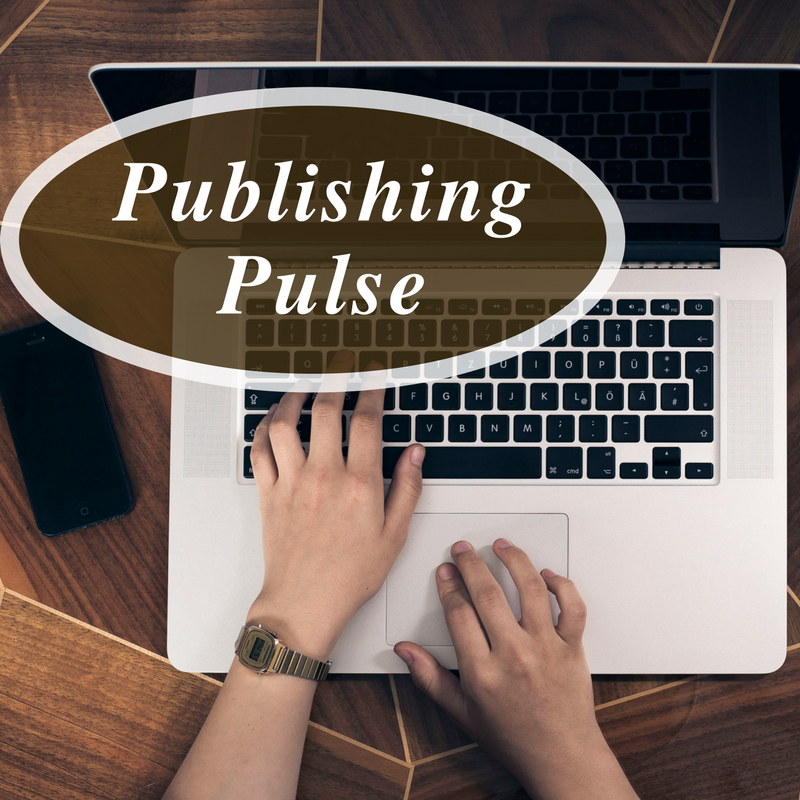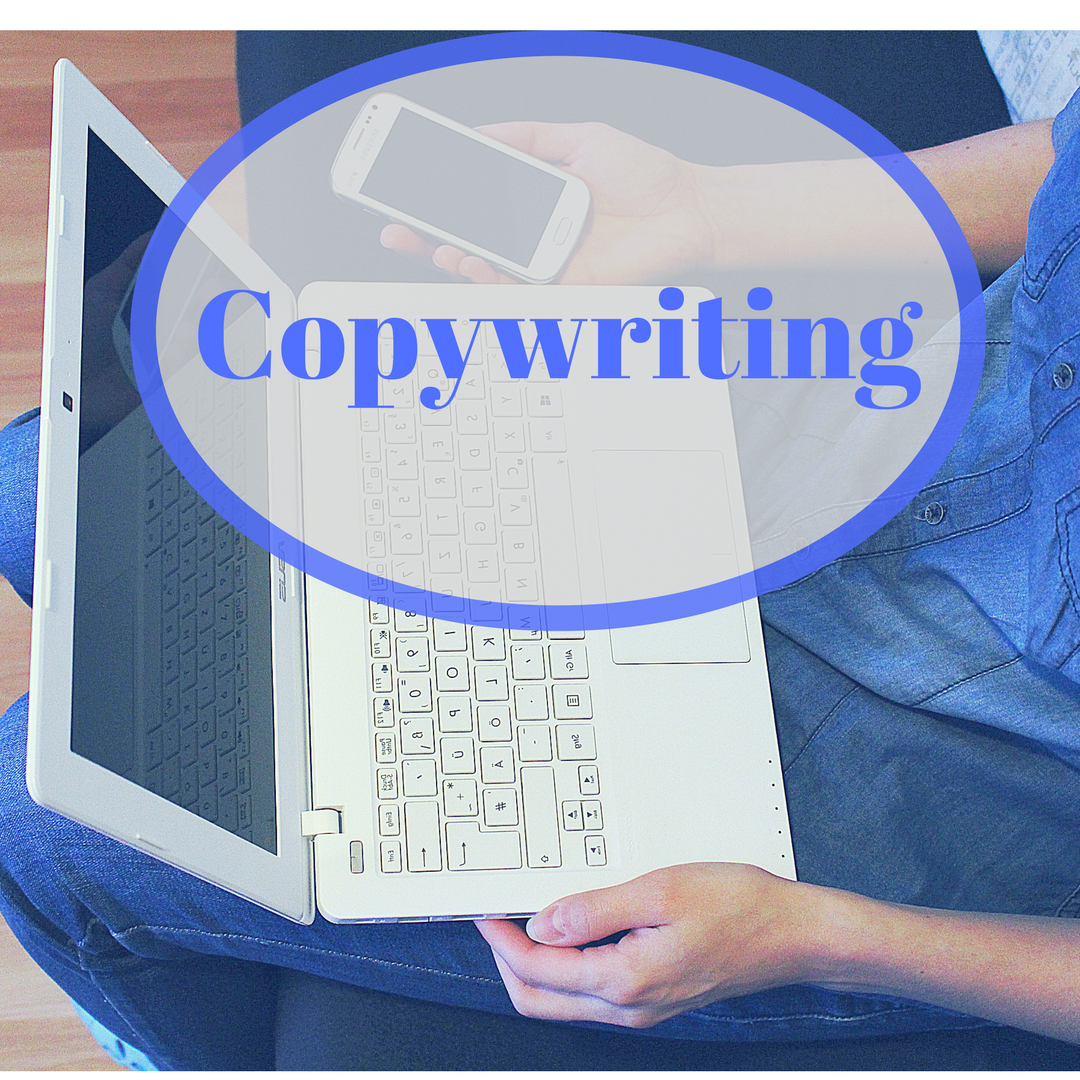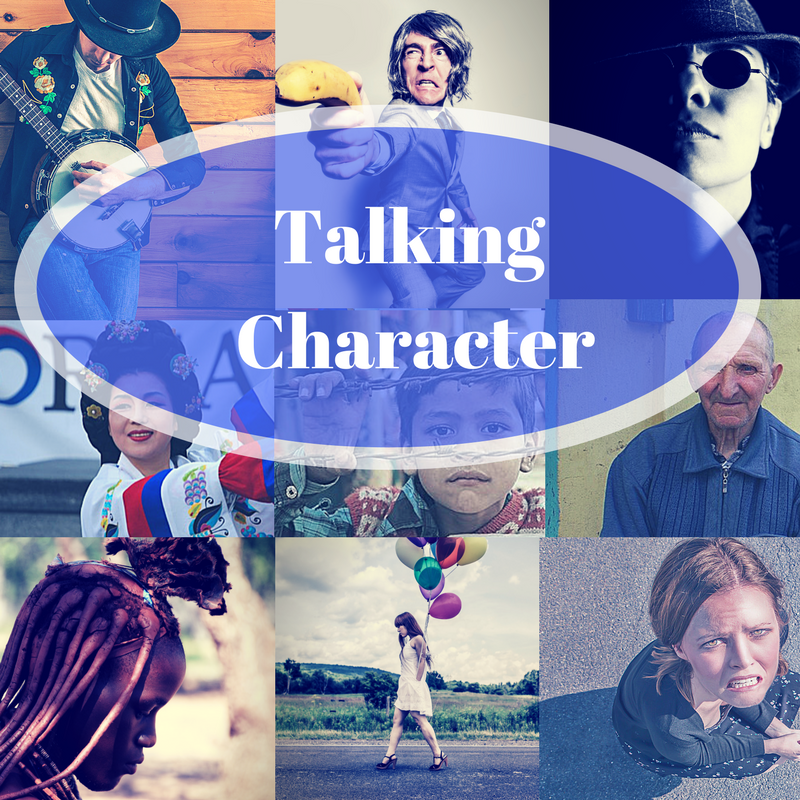
Writing for Magazines Provides Variety
Does your writing have a lot of variety? Or do you feel like you are writing the same type…
May 13, 2018
Does your writing have a lot of variety? Or do you feel like you are writing the same type…
May 13, 2018
Today’s book publishing market can be a dangerous place, with a lot of scam artists spouting confusing terminology. I…
May 12, 2018
The trend within the fantasy and sci-fi genres is to push for more detailed world-building within our stories. While…
May 7, 2018
We’ve all seen bad movies before. Films we couldn’t wait to see after watching a brief two or three…
April 29, 2018
Ideas on How to Blog How Often You Post Blogging takes consistent commitment. Whether you decide to blog once…
April 28, 2018
Since I became a copywriter, I have written for my own clients and for digital marketing agencies. Each arrangement…
April 27, 2018
Join Johnnie Alexander as she chats with Hannah Conway and Jolina Petersheim on Novelists Unwind. Introducing Hannah Conway Hannah…
April 26, 2018
Okay. Most of you (myself included) admit it’s challenging and exciting to plan the next book. It must be…
April 22, 2018
In her book The Art of Characterization Fay Lamb proposes that writers “use the other elements of storytelling to…
April 21, 2018
You can learn a lot about a person by visiting their house or office. A writer can use that…
April 17, 2018
My critique group says my MG fiction is preachy. Now what? First let me say that I love my…
April 15, 2018
Imagine yourself in a race and the gun is ready to begin the race. The Starter Gun goes, BANG!…
April 13, 2018
Which world, or sub-genre, does your novel belong to? Bookstores have general genre sections in which to categorize their…
April 7, 2018
Why do we love a good series? Because we love the characters and the kinds of situations they get…
March 20, 2018
Sometimes fiction authors write about real people. Especially those who write historical fiction. Real historical characters can add a…
February 20, 2018
Plot and character. Two halves of any great story. Both are critical, whether you are telling a character-driven literary…
January 20, 2018
A character bio is a collection of information that delineates and describes a fictional character. It is a tool…
December 20, 2017
Anger comes in many shades, from miffed to murderous. Each shade looks and feels different. When a person is…
November 20, 2017
The trickiest part about conveying confusion is to convey it clearly, without confusing the reader. Ann Hood in Creating…
October 20, 2017
Do you always tell the truth? Do you use the same tone and vocabulary when speaking to your friends…
September 20, 2017
Dig deep and you’ll find attitude, and when you find attitude, you find voice. ~ James Scott Bell in…
August 20, 2017
I was once in a bus full of high school students when I heard a boy behind me read…
July 19, 2017
A writer must find the perfect balance when describing characters, especially when introducing them to a reader for the…
June 19, 2017
Can you describe you characters with only two words? I ran across this simple question in James Scott Bell’s…
May 19, 2017
In any good story, the protagonist can only achieve her external story goal by first overcoming a deep inner…
April 19, 2017